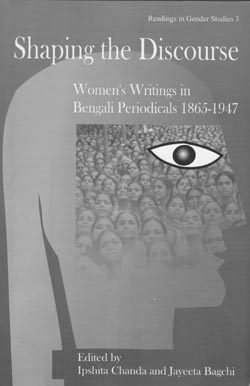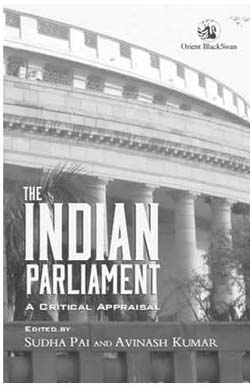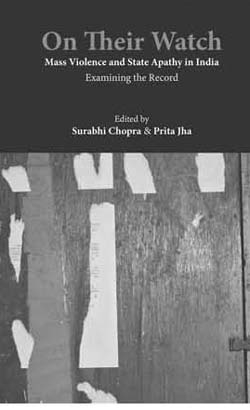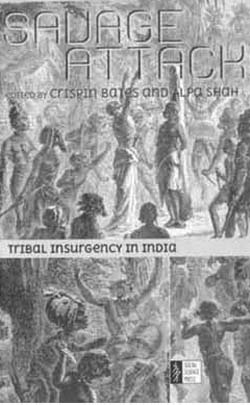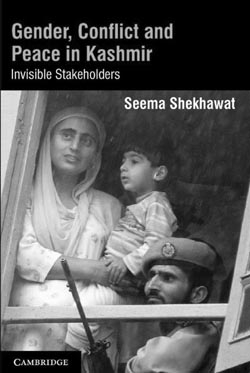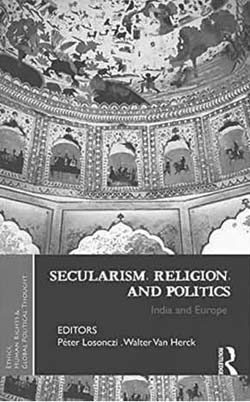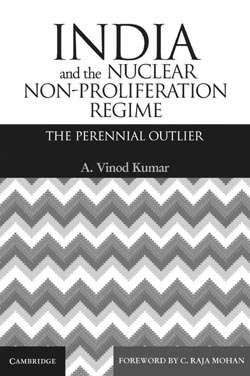Women are often reminded rather patronizingly of their important role in shaping the world. This is of course a reference to their role as mothers of future citizens, warriors and leaders, of men who would go onto shape the world.
Archives
March 2015 . VOLUME 39, NUMBER 3The book is an anthology of writings by women in Bengali, translated into English by various scholars and edited by, Ipshita Chanda and Jayeeta Bagchi.
Conjugality Unbound brings together an impressive range of scholarship that engages with the diverse implications and presuppositions of marriage as an institution and relationship in the Indian context, which is guided by social, cultural, economic, religious and legal parameters.
2015
The medieval ages, however you mark its temporal coordinates, are a bright period in India’s history. My choice of the metaphor of ‘bright’ is deliberate, of course, because history textbooks, which make space for mostly dynastic and military details, make them appear dark.
The book’s title in itself is an indication of the approach of its contents to the fact of Nature not being confined to specified protected areas alone. It is to be found way beyond and the issue really is how the growth of human needs be reconciled within the given static natural space.
Emma Tarlo’s work is a nuanced, multilayered, complex and fascinating ethnography of the politics of being ‘visibly Muslim.’
Public Institutions remained at the centre of academic engagement with politics in India during the 50s and 60s.
In November 2014, twelve years and twenty-four extensions later, the Nanavati Commission of Enquiry submitted its final report on the 2002 communal violence in Gujarat.
An increasing sense of disillusionment and discontent have been markedly visible in the context of marginalized groups such as the Adivasis since the colonial period.
The Kashmir conflict continues to be one of the long pending issues be fore the United Nations. The people in this northern-most State of India have lived amidst chaos, confusion, trauma, turmoil and prolonged conflict.
Gender, Conflict, and Peace in Kashmir by Seema Shekhawat offers rich insights into a hitherto unaddressed dimension of the Kashmir conflict—namely, the role played by Kashmiri women in promoting and sustaining the violent separatist movement in the Valley in the 1980s and 1990s and how their participation influenced the trajectory of the militancy in Kashmir. The book is a valuable addition to the literature on women, violence, and peace in South Asia, and the author must be commended for the skill and sensitivity with which she has collected rich first-person narratives of women at the frontlines of political violence.
At a time when Sri Lanka is going through a political transition with the defeat of Mahinda Rajapaksa in the recently concluded national elections, it is important to revisit the unsettled agenda of political solution to the ethnic question in the island nation. It is time to realize that the ethnic polarization in Sri Lanka was due to systemic political exclusion and alienation ingrained in the Constitution.
The People’s Republic of China (PRC) under the leadership of Mao ‘liberated’ Tibet in 1951attempting to bring the region under Communist rule. However, the promises made by the PRC (of respecting the religious beliefs of Tibetans) were disregarded and thus Tibet witnessed the first ‘uprising’ against Communist rule in 1959.
The renewed presence of religion in the public sphere has allowed many to question the relevance of an extended cling to the conventional western usage of secularism or many of its existing forms and has initiated a new political discourse which although it doesn’t manifest in an anti-secularist or ‘alternative to secularism’ discourse in any way has set into motion a new ‘alternative secularism’ discourse.
The book under review seeks to investigate nonproliferation as a concept and examine the role of initiatives like counter-proliferation and its offshoots and their place in the nonproliferation regime.
2015
In general, national security is the sum total of the stability of the state and is measured using indicators of military security, economic security, resource security, regime steadiness, social order and a general sense of wellbeing. In case of a large developing democratic country like India, national security is subject to more variables than the standard…
India-South Korea interaction which has been on a continuous increase in the recent years recognizes several factors—a growing strategic partnership marked by improving politico-security understanding in the Asia-Pacific region, expanding economic complementarities and opportunities, mutual technological needs and cultural compatibility.
2015
The study of the early histories of Indian soldiers has suffered a considerable amount of neglect, particularly with respect to their role in the two World Wars.
Abstract notions like nationalism, secularism, and Islamism still haunts scholars of as real a movement as the one that culminated in the Independence of India and the creation of Pakistan.
This book is a very useful summary of the recent debates on the decline of the Mughal Empire.
Most secondary school students in India would recognize this couplet as a reference to the greased cartridges that they study as the immediate cause of the Revolt of 1857.
India is one of the richest countries in epigraphic documents, belonging mainly to the ancient and medieval periods of history. These documents are invaluable in that they contain brief hints or elaborate accounts of past events and practices.
What is the relationship between hagiography and biography? For too long scholars have simplistically associated hagiography with sacred legend and biography with secular science.


